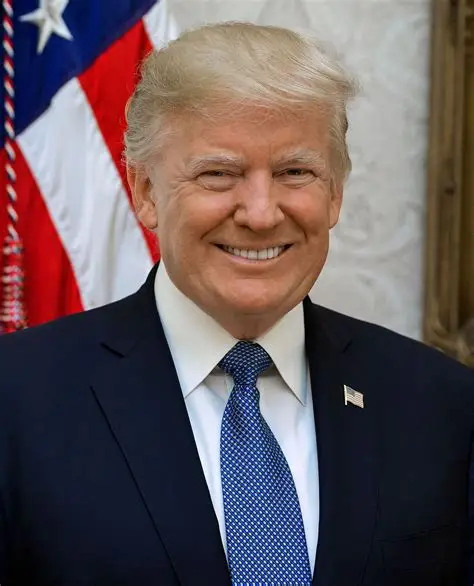US President Donald Trump announced that he has ordered the deployment of two nuclear submarines toward Russian waters in response to threats from Russia’s former president. The move marks a rare break from the Pentagon’s usual secrecy regarding strategic military deployments.
Trump said the submarines were being sent to appropriate regions, signaling a show of strength amid escalating tensions with Moscow. This announcement comes after a heated exchange between Trump and Dmitry Medvedev, former Russian president and deputy chairman of Russia’s Security Council.
Experts warn the deployment risks provoking a reciprocal response from Russian President Vladimir Putin, potentially escalating tensions further. However, many believe Putin will understand the strategic signaling and that a significant escalation is unlikely.
On Thursday, Trump expressed strong condemnation of Russia’s recent drone and missile attacks on Ukrainian cities, signaling a sharp shift from his previous stance of admiration toward the Russian leader. On Friday, Trump revealed intelligence indicating that nearly 200,000 Russian soldiers had died this month, compared to approximately 8,000 Ukrainian casualties since the start of the year. He called once again for an end to the conflict.
Russian forces have intensified offensives in eastern Ukraine, capturing substantial territory at great human cost. In July alone, Russia took control of 275 square miles, following gains of 227 square miles in June and 196 square miles in May. July also saw a record number of Russian drone strikes targeting Ukraine, which have resulted in hundreds of civilian casualties since June.
Earlier this week, Medvedev warned Trump to reconsider his hardening position on the Ukraine conflict, reminding him of Russia’s nuclear arsenal. In response to questions on Friday about the submarine deployment, Trump stated it was intended “to protect our people.”
The announcement is part of Trump’s broader strategy to pressure Putin into agreeing to a ceasefire in Ukraine. The former president has given Putin a 10-day deadline to move toward peace, threatening to impose steep tariffs on Russia and its key trading partners, including China and India, if no progress is made.
It remains unclear which specific submarines have been deployed, though experts suggest the vessels are likely Ohio-class nuclear-powered ballistic missile submarines, each armed with up to 24 Trident II nuclear missiles. Some of these submarines are routinely deployed near Russian waters, though movements are typically kept secret under NATO doctrine to maintain “strategic ambiguity” and avoid escalation.
Public announcements of nuclear submarine deployments are extremely rare and usually reserved for times of crisis, such as the Cuban Missile Crisis in 1962 or the Yom Kippur War in 1973.
Putin, for his part, appeared unfazed by Trump’s actions. In a statement released on Friday, he dismissed the US president’s hardline stance as stemming from “inflated expectations,” saying:
“All disappointments arise from inflated expectations. This is a well-known general rule.”
If negotiations fail to advance, Trump has threatened to impose sanctions targeting Russia and nations importing Russian oil, such as China and India, starting August 8. Recent reports indicate that two oil tankers carrying Russian crude en route to India were redirected to other ports, and India is exploring alternative oil sources from Azerbaijan, Nigeria, and the United States.
Trump’s nuclear threats followed a particularly sharp verbal exchange with Medvedev, who referenced Russia’s “Dead Hand” semi-automated nuclear launch system, warning Trump of its dangers. Medvedev, known for his outspoken criticism of the West during the conflict, has been viewed by some Kremlin insiders as unpredictable.
The US Navy currently operates 71 nuclear-powered submarines capable of traveling thousands of miles at high speeds. Military analysts say the move by Trump is more symbolic than operational, as a portion of the US strategic submarine fleet is continuously deployed at sea.
Dr. Sidharth Kaushal, a research fellow at the Royal United Services Institute, described Trump’s public disclosure as “a significant implicit nuclear threat,” but added:
“Operationally, there is likely no massive change. The important element is the public nature of the announcement.”
He also noted that given Russia’s own nuclear drills and threats, it is unlikely that Moscow will misunderstand the message
Read also:



